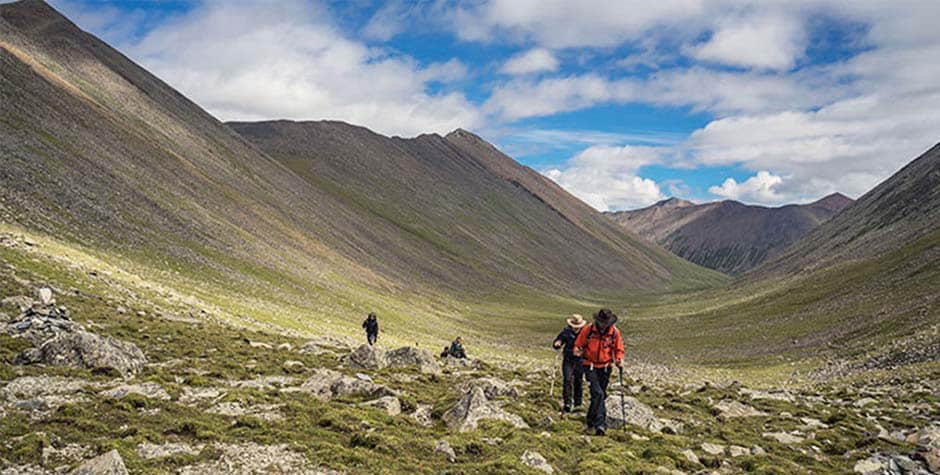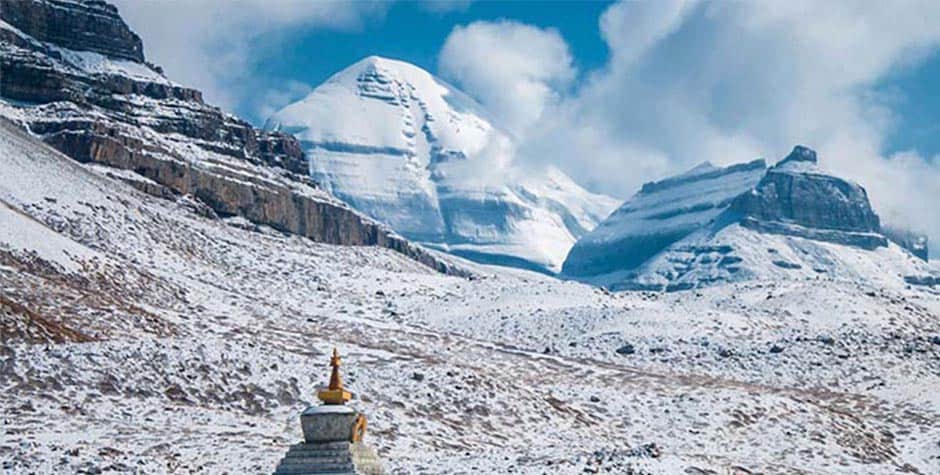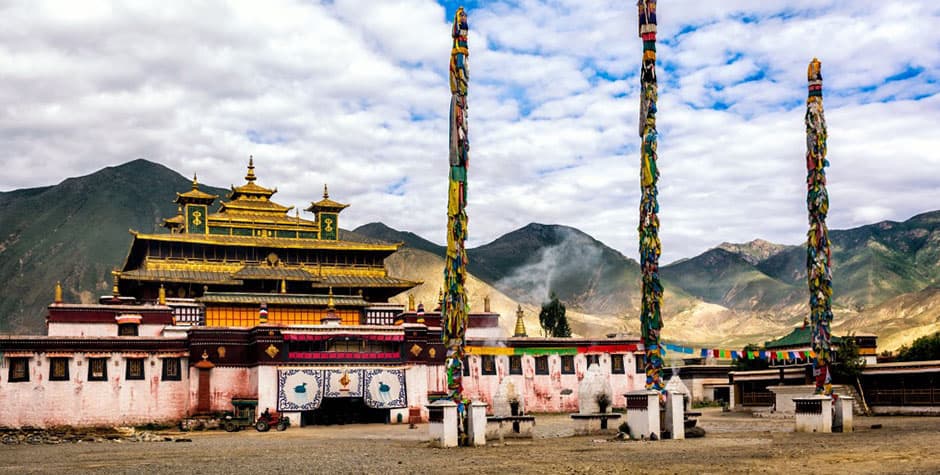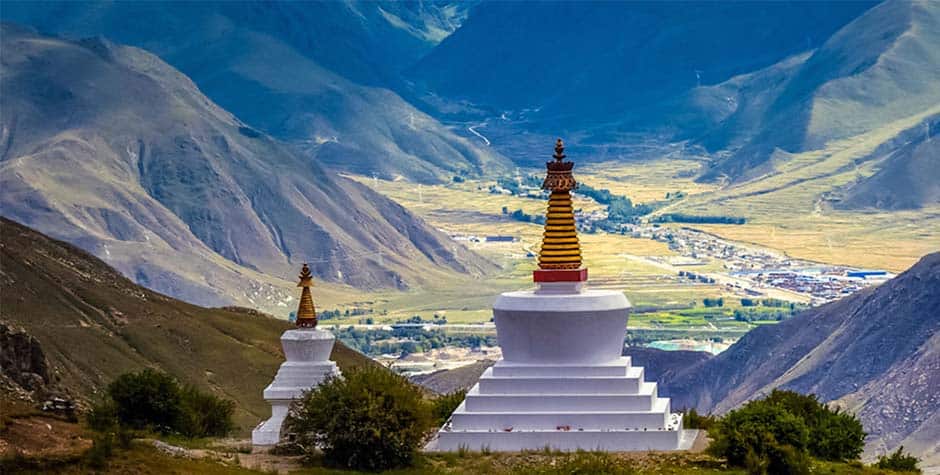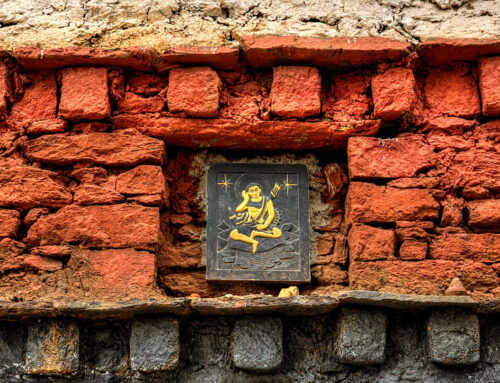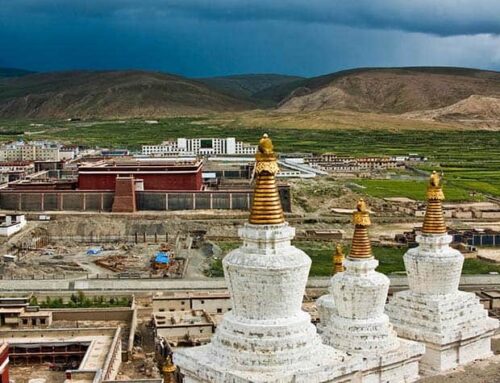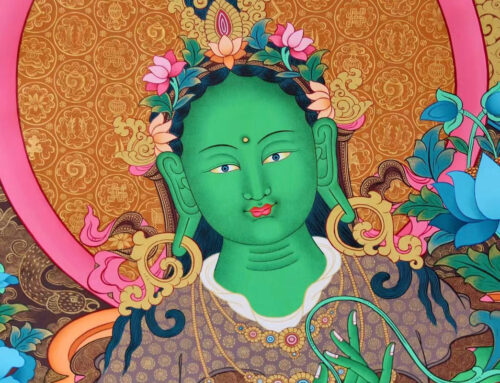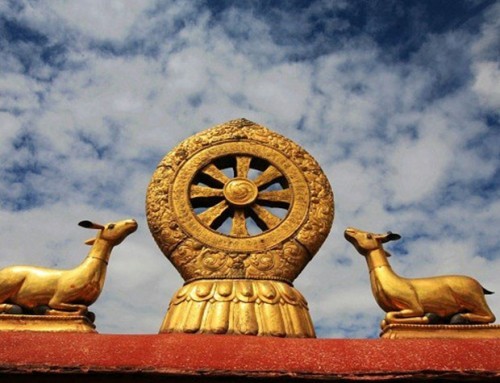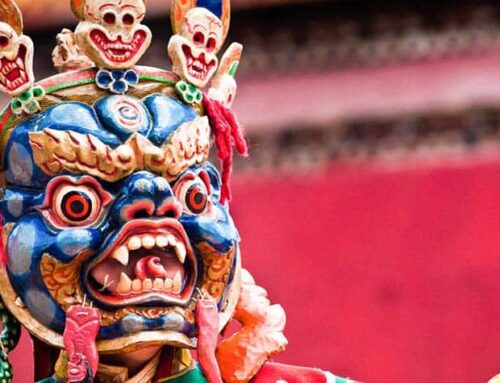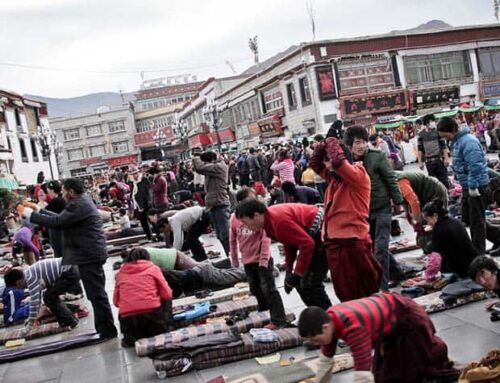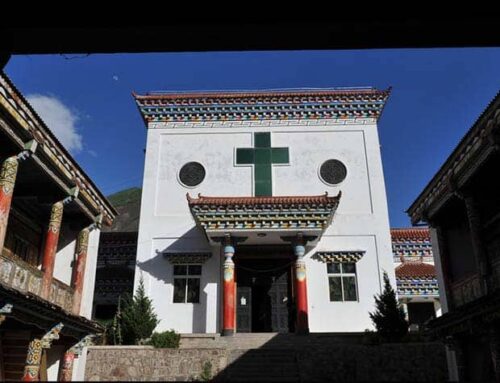Kora or the circumambulation to the holy object, person, or place. It is an essential part of daily life in Tibet. It is one of the most visible Tibetan Buddhist rituals you will see while traveling in Tibet.
The Tibetan word for the circumambulation is called Kora( སྐོར་ར་). Kora can be both a pilgrimage and a meditation in Tibetan Buddhism and Bön Religion. Buddhists do the kora clockwise, and Bön practitioners do it anti-clockwise.
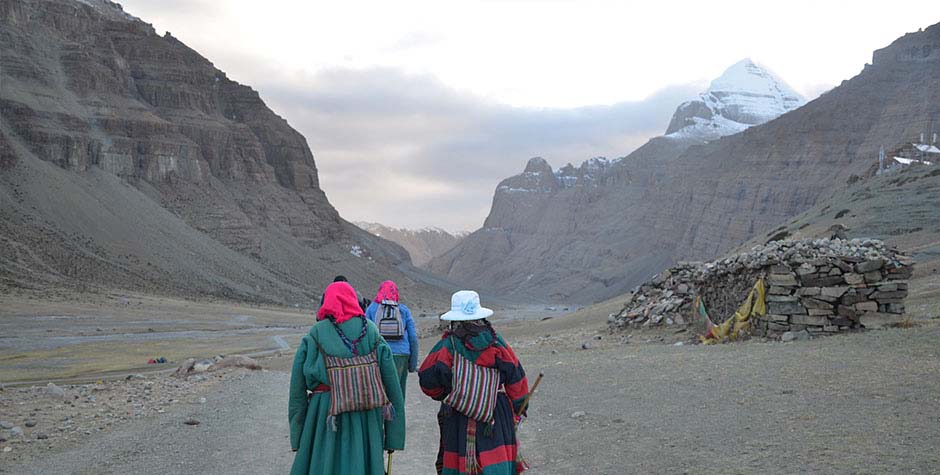
If you ask us why we circumambulate around the holy object or places, we perform the Kora rituals to seek merit. The very act of walking clockwise is to make us follow the footsteps of Buddha in the path he has shown to the final destination of achieving enlightenment. While we walk around the holy object, it helps spread its positive energy and wisdom throughout the universe. The more sacred the object of the kora is, the more merits we will generate.
A kora, the circumambulation, can be performed in different forms, like walking or prostrating around the object. To gain greater merits, the kora would be done an auspicious number of times. We will also see people performing this ritual while Chanting Mantras, spinning prayer wheels, or with rosaries (mala Beads).
Different Types of Kora or Circumambulation
While in Tibet, you will find Tibetan people circumambulating around temples, Stupas, Monasteries, and even the entire mountain or Hill. The Object of Circumambulation is always of higher spiritual importance. The Tibetan word for the pilgrimage is called Nekhor, གནས་སྐོར།, meaning circumambulation around the object of veneration or Ne, གནས་.
Ne generally falls into the following categories: the different types of circumambulations.
1) Natural Sites:
Tibetan people circulate in natural sites like springs, lakes, rocks, caves, and sky burial sites. The most momentous Ne Or sites are the holy mountains and lakes like Namtso Lake and Mount Kailash. The kora associated with the natural site can be both easier and arduous, including a long trek like Mount Kailash Kora, which includes long distances, high passes, and rugged terrain.
2) Man-Made Sites:
The second category of the circumambulation site is the Made Site. It comprises all the palaces, temples, monasteries, or even the entire city or town. The holiest site for circumambulation is the Jokhang Temple, which is considered the most sacred of all temples or monasteries in the inner Himalayas, for it houses the divine statue of Sakyamuni Buddha. You will also see people in Lhasa going to Kora around the Barkhor and Lingkhor ( the entire Old Town of Lhasa).
3) Holy person
All the holy people, or Lamas, are considered as important as the Buddha. When we recite the three refuge prayers ( the core prayer of any Buddhist), we place our Guru or teacher even more critical than Buddha in Tibetan Buddhism. So, the Holy person becomes an essential Ne for Circumambulations. So wherever the holy lama or Holy person resides, you will find us making circumambulations around it.
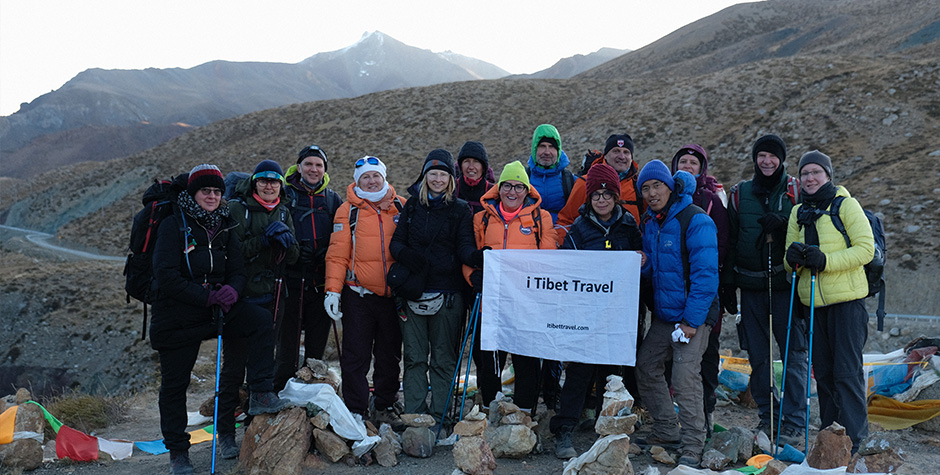
Tenzin Travel is the best Tibetan Travel agency in Tibet. Our agency is one of Tibet’s most experienced tour operators, with over 20 years in the industry. Founded by a local Tibetan family with decades of expertise as guides, managers, and route planners, we craft personalized itineraries for every traveler. We are the highest-rated and most recommended Tibet travel agency on TripAdvisor, Google, and LonelyPlanet.
We can make holistic arrangements for your trip to Tibet, including a Tibet Travel Permit, a Tibetan tour guide, flight tickets, train tickets, vehicle arrangements, and hotel bookings in Tibet.
Our Lhasa office is just steps from Barkhor Square, and our all-Tibetan team ensures deep cultural, linguistic, and religious insights, setting us apart from other agencies.
Beyond tourism, we support Tibetan communities by donating a portion of each tour to local projects. Your travel to Tibet is about more than profit—it’s about the opportunity for us to give back.

